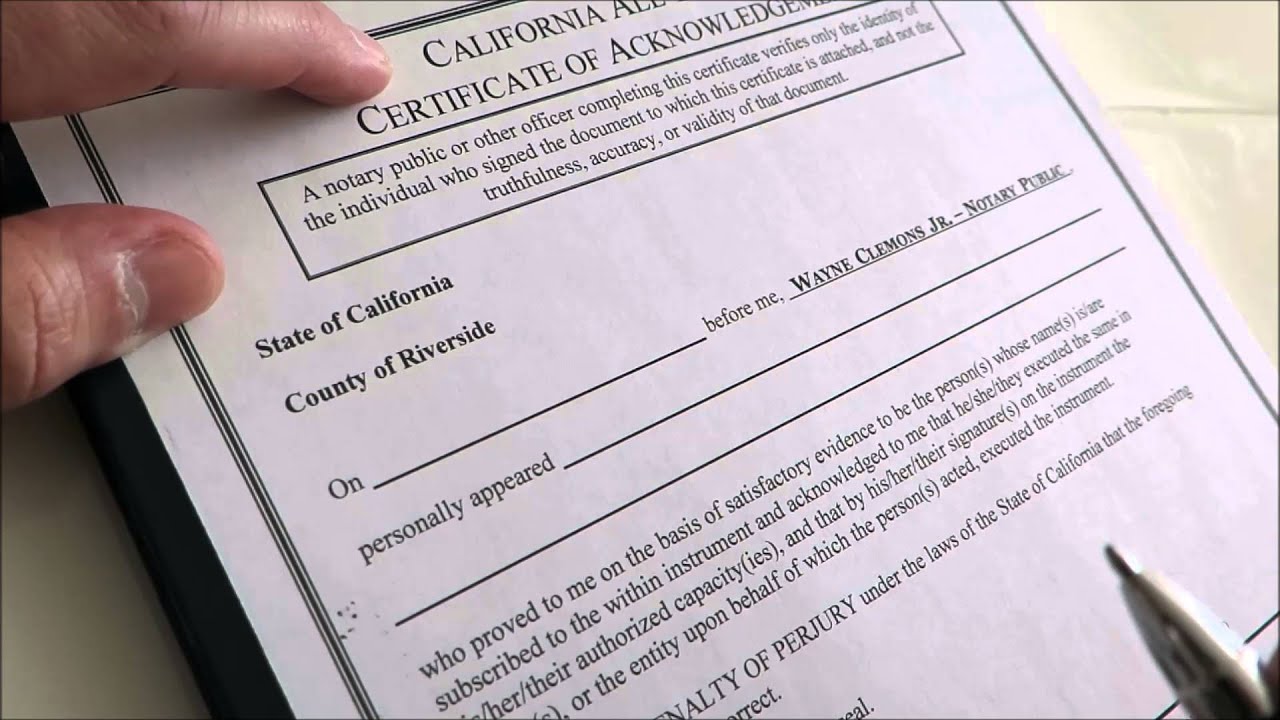What is an Acknowledgement?
Acknowledgement is Notarized by a state official, most often a notary public. The person executing the legal document verbally states that the instrument is his or her act or deed, and the Notary notarizes a certificate attesting to the declaration.
What is the Difference Between a Jurat and Acknowledgment?
An acknowledgment is used by an affiant to inform a Notary Public that he or she voluntarily signed an affidavit following confirmation of their identity.
The purpose of a Jurat, also known as a “verification upon oath or affirmation” in some states, is for a signer to swear or confirm the truthfulness of the contents of a document to a Notary or Notarial officer.
For an acknowledgement, the following steps are required:
1. The signer must be in person before you.
2. You must positively define the signer in accordance with the laws of your jurisdiction.
3. The signer may either sign the acknowledgment prior to or during his or her appearance before you.
4. The signer must state that he or she is signing the contract for the stated intent.
For a Jurat the Following Steps are Required
1. The signer must appear in your presence and sign the document in person.
2. In certain states, the signer must be positively identified.
3. A spoken oath or affirmation must be administered, and the signer must answer aloud. Silent replies, such as a head nod, are not appropriate.
Because Acknowledgments and Jurats are two distinct types of notarizations with distinct purposes, each requires its own certificate wording. A Jurat certificate may not be substituted for an acknowledgment, and vice versa. Ascertain that the certificate language is legal under your state’s laws.
It is strongly advised that all documents requiring a notary seal be signed in the presence of a notary public to avoid any unnecessary errors or delays.

